Last Updated on October 22, 2025 by teamobn
As you venture into the realm of landscaping, you’ll soon realize that it encompasses more than just the flora and fauna. It’s also about the hardscape elements that can transform your outdoor space into a masterpiece. Stone pathways are one such element that can add a touch of charm and sophistication to your landscape.
In this comprehensive guide, explore the world of stone pathways, from their practical benefits to the various design options available.
Contents
Why Stone Pathways?
Stone walkways are not only aesth etically beautiful; they also serve a variety of functions, making them a valuable addition to your environment.
1. Curb Appeal: Stone pathways instantly enhance the visual appeal of your home. They create a welcoming atmosphere that invites visitors to explore your garden.
2. Functionality: A well-placed stone pathway can guide you and your guests through your landscape, preventing trampled plants and maintaining the integrity of your garden beds.
3. Durability: Stone is a durable material that can withstand the elements and foot traffic. Properly installed stone pathways can last for many years with minimal maintenance.
4. Variety: Stone pathways provide an array of design possibilities. From formal to rustic, you can find the perfect style to match your landscape and personal taste.
Selecting the Right Stone

The success of your stone pathway project begins with choosing the right type of stone. Here are some popular options:
1. Flagstone: Flagstone is a versatile choice, known for its natural, irregular shapes. It’s great for creating a rustic, organic look.
2. Cobblestone: With its weathered, rounded appearance, cobblestone introduces a sense of antique allure to your outdoor environment.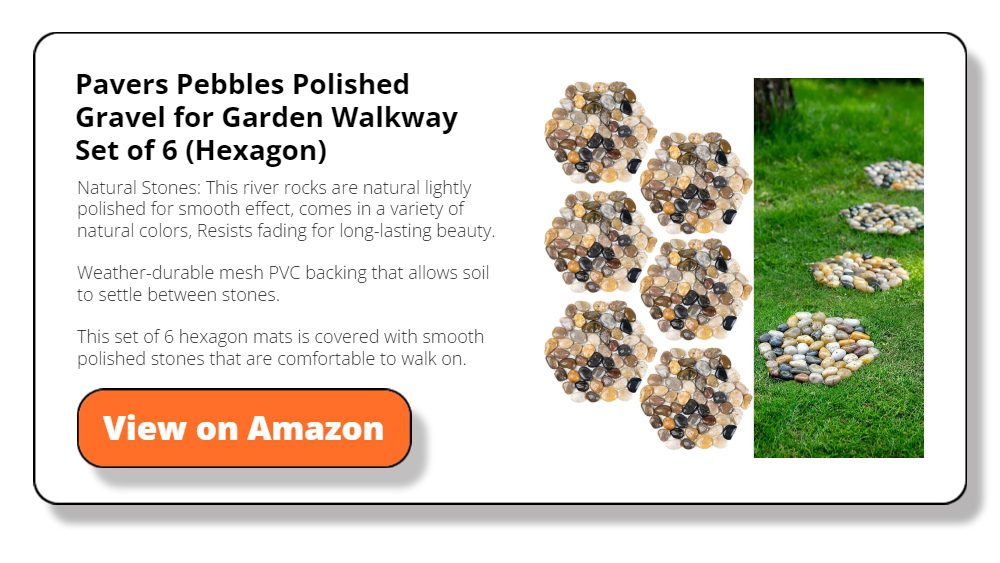
3. Stepping Stones: If you prefer a more casual feel, consider stepping stones. They come in various materials, including concrete, natural stone, and pavers.
4. Gravel Paths: Gravel paths are a cost-effective alternative. They can be used in a variety of landscape styles, from traditional to modern.
5. Crushed Stone: Crushed stone paths provide excellent drainage and are ideal for areas with heavy rainfall.
Designing Your Stone Pathway
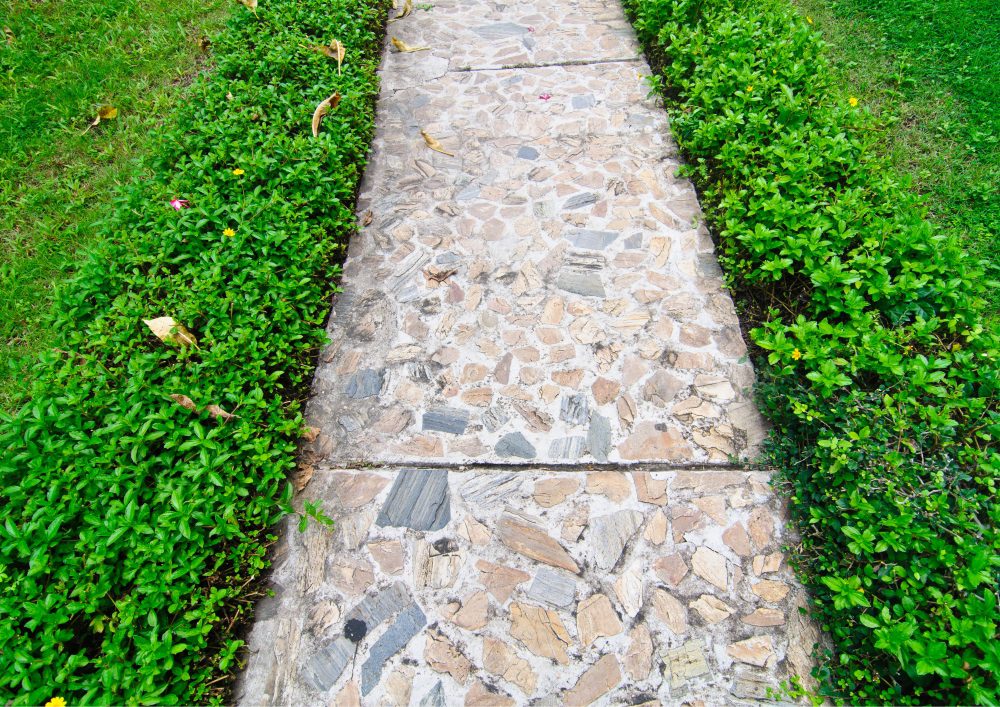
The design of your stone pathway is where your creativity can shine. Consider these factors when planning your design:
1. Layout: The layout of your pathway should be practical and combine seamlessly with the landscape. Consider curves, straight lines, or a combination of both.
2. Width: The width of your pathway should accommodate the anticipated foot traffic. Wider paths are suitable for multiple people walking side by side, while narrower paths work in more intimate settings.
3. Materials: Mix and match materials to create a visually appealing design. Combining stone with gravel, grass, or ground cover plants can add dimension and interest.
4. Edges: Define the edges of your pathway with materials like bricks or larger stones. Edging not only adds structure but also keeps the pathway from spreading.
5. Colour: Consider the colour of your chosen stone in relation to your landscape. Lighter stones can brighten up shaded areas, while darker stones can create contrast and focal points.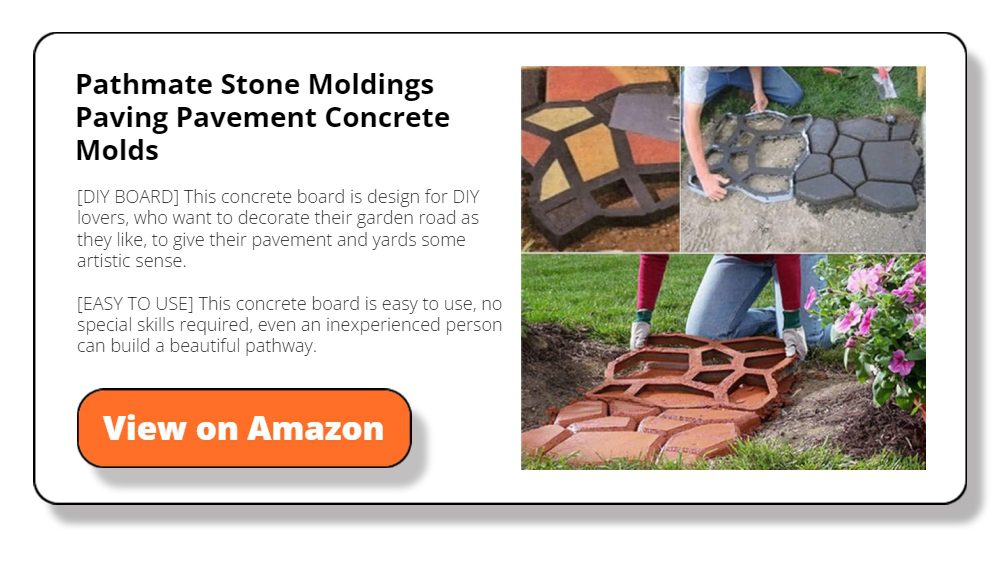
Installation and Maintenance
Proper installation is vital for the longevity and functionality of your stone pathway. Here’s a brief overview:
- Excavation: Prepare the site by excavating the area to the desired depth. This will provide a stable foundation for your pathway.
- Base Layer: Lay a base layer of crushed stone, sand, or gravel to create a solid and level surface.
- Laying the Stones: Arrange your chosen stones in the desired pattern. Ensure they are level and stable.
- Fill Joints: Depending on the type of stone and design, you may need to fill the joints with sand, gravel, or even ground cover plants.
Maintenance is relatively simple:
- Weeding: Regularly remove weeds and unwanted vegetation that may grow between the stones.
- Cleaning: Use a broom or hose to eliminate debris and dirt. Occasional power washing can help restore the stones’ appearance.
- Sealing: Depending on the type of stone, sealing may be recommended to protect against staining and weathering.
Ideas for Stone Pathways
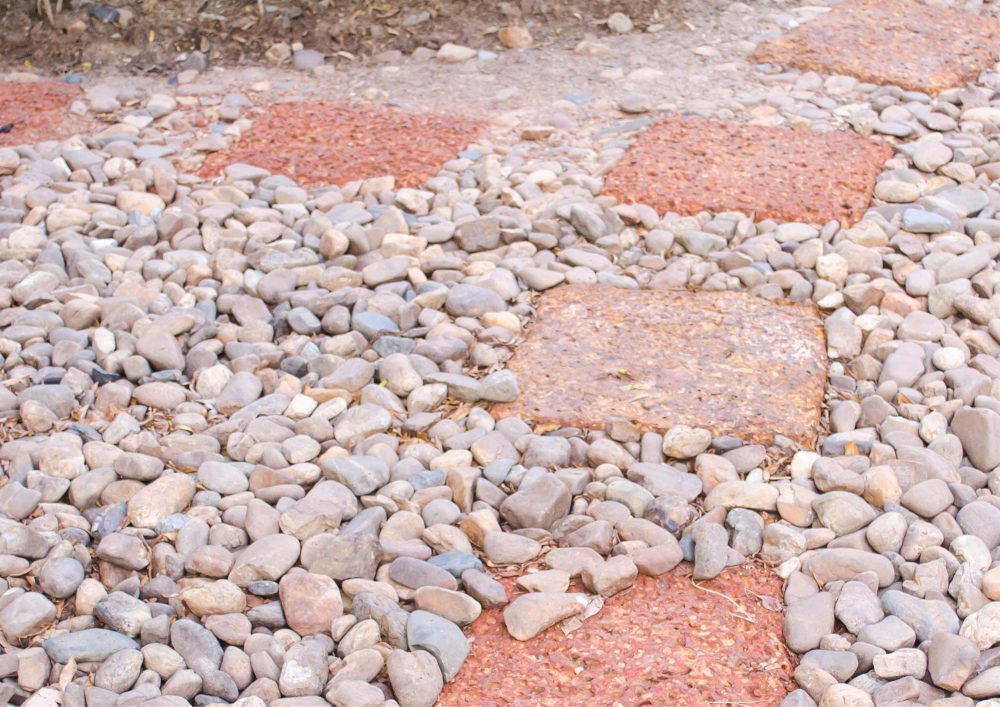
Now that you have a good understanding of the basics, explore some creative ideas for incorporating stone pathways into your landscape:
1. Cottage Garden Path: Create a charming, meandering stone path that winds through a cottage garden, surrounded by colourful plants and shrubs.
2. Japanese Zen Garden: Design a tranquil pathway using smooth, polished stones amidst a serene Japanese garden with carefully pruned trees and a koi pond.
3. Formal Entryway: Install an elegant stone pathway leading to your front door, flanked by neatly manicured hedges and topiaries.
4. Naturalistic Forest Trail: Craft a natural-looking path in a wooded area, letting you explore the beauty of the forest while protecting the delicate ecosystem.
5. Mediterranean Courtyard: Lay terra-cotta pavers in a courtyard adorned with Mediterranean plants like olive trees and lavender for a touch of the Mediterranean.
6. Modern Minimalism: Design a minimalist stone pathway in a contemporary garden with clean lines, concrete planters, and sleek outdoor furniture.
7. Edible Garden Path: Integrate a stone pathway into an edible garden with raised beds filled with herbs, vegetables, and fruits.
8. Secret Garden Entry: Create an enchanting stone path leading to a hidden, secluded garden area with a small fountain, arbour, and lush greenery.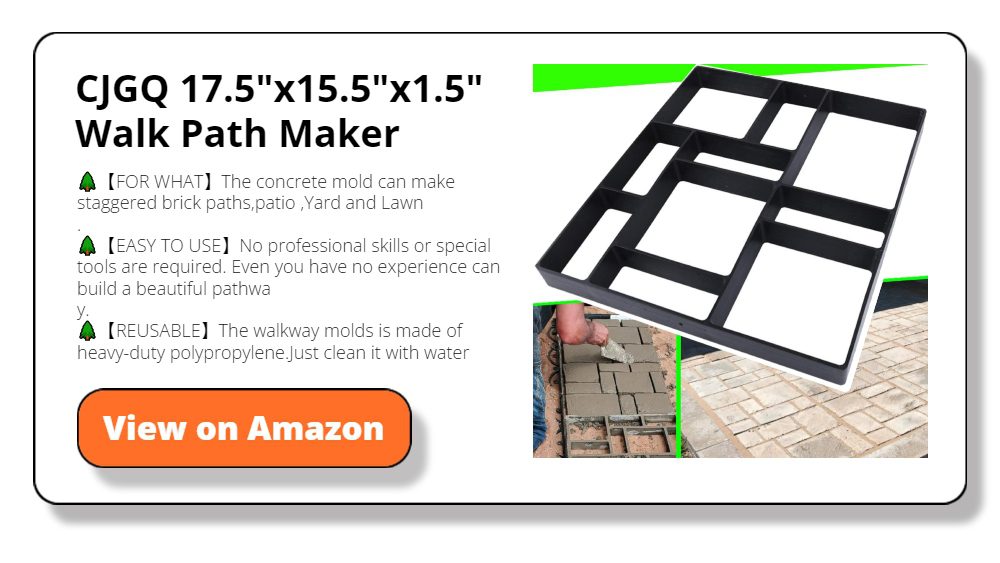
The Wrap Up
Incorporating stone pathways into your landscape is a transformative endeavor that enhances the aesthetic appeal and functionality of your outdoor space. Whether you aim for a formal, elegant look or a natural, organic feel, stone pathways give endless design possibilities.
As you embark on this landscaping journey, remember that stone pathways are more than just functional walkways. Start planning your stone pathway project today and watch your landscape come to life with beauty and functionality.
Frequently Asked Questions
Q: Can a stone pathway be a DIY project or does it require the services of a professional?
A: DIY installation is possible, but it depends on your skill level and the complexity of the project. Complex designs or large areas may be best left to professionals who have the expertise and tools needed.
Q: How to add a personal touch to a stone pathway?
A: You can personalize your stone pathway by adding decorative elements like garden sculptures, plantings, or even integrating mosaic designs. Your choice of stone type and arrangement also adds a personal touch.
Q: Are stone pathways suitable for all types of landscapes?
A: Stone pathways can complement various landscapes, but the choice of stone, design, and layout should be tailored to your specific environment. Consider the style and function of the pathway in relation to your landscape.






